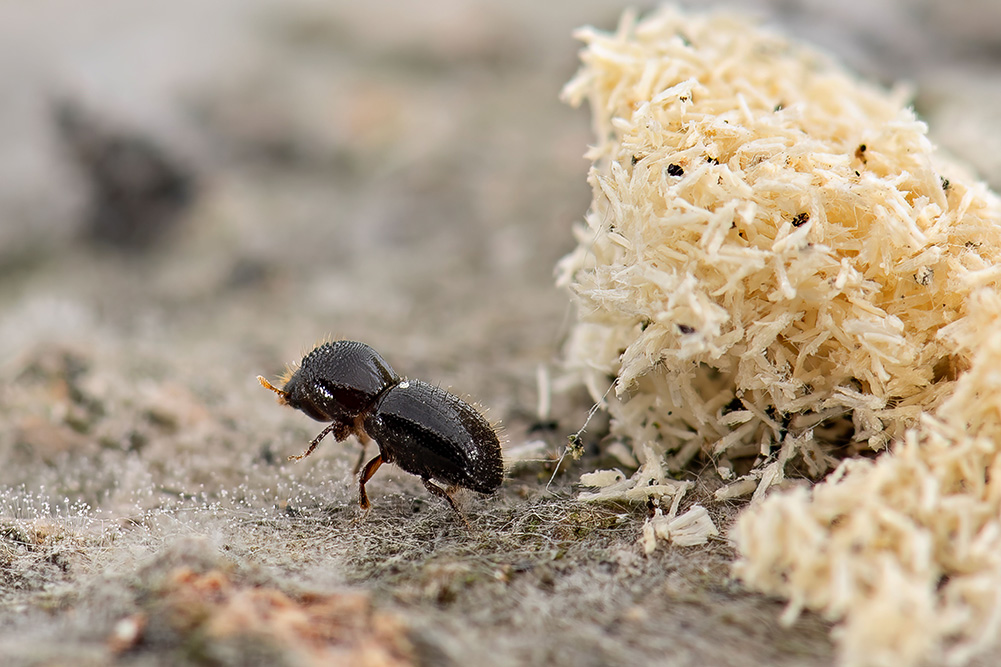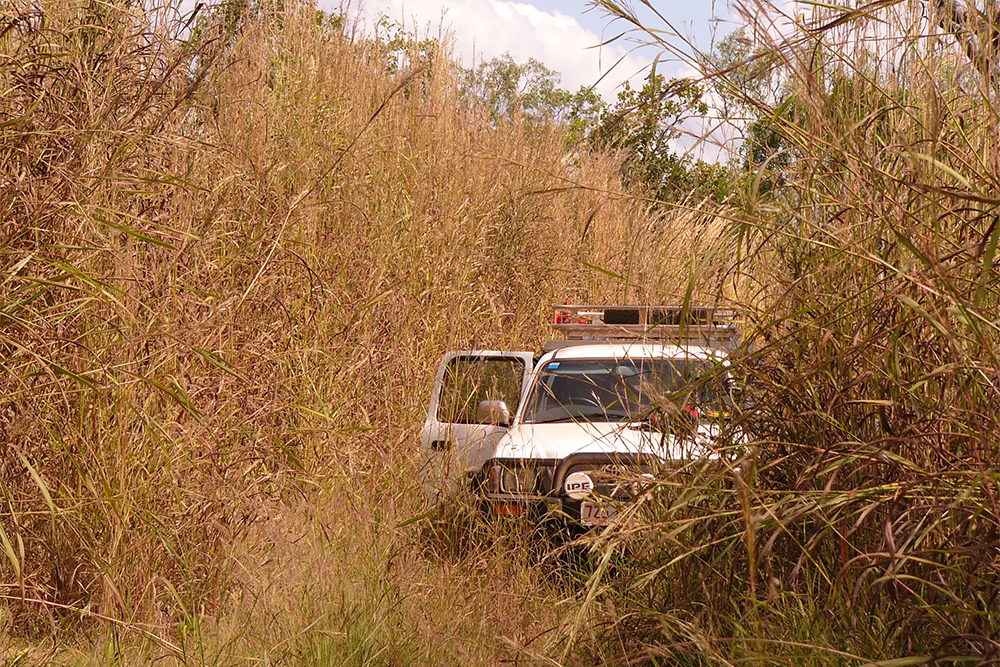Euwallacea fornicatus, commonly known as Polyphagous shot-hole borer (PSHB), is a tiny beetle that bores into living trees, causing damage and dieback. It tunnels into the tree’s stems and branches and spreads with the movement of infested trees, firewood, and green waste material.
The beetles have a symbiotic relationship with the Fusarium fungus which is used as a food source for the beetle and its larvae. The fungus colonises the vascular tissue of susceptible trees. It’s likely the beetle and fungus complex, not the fungus alone, is what kills susceptible trees. Symptoms include wilting and dieback of tree branches and leaves, often starting in the upper canopy.
Native to southeast Asia (China, Japan, Thailand, Vietnam), PSHB has spread to Israel, South Africa, and the United States of America. Polyphagous shot-hole borer has been recorded to cause substantial economic damage in other countries.
PSHB is considered both an agricultural and environmental pest, with more than 400 host species including ornamental, fruit, nut, native and amenity trees. Euwallacea fornicatus and the fungi Fusarium euwallaceae, are listed on the National Priority List of Exotic Environmental Pests, Weeds and Diseases. The environmental impact of polyphagous shot-hole borer in Australia cannot be fully predicted as the susceptibility of many native plant species is not currently known. There are, however, many native species that are known hosts in other countries, indicating the potential for significant environmental damage.
PSHB was detected near Perth, Western Australia in August 2021, and is contained to a quarantine area around Perth. It is currently under a $41.29 million national eradication program under the Emergency Plant Pest Response Deed with the WA Department of Primary Industries and Regional Development (DPIRD) leading the response. For further information on PSHB and the national response visit the Outbreak website.





